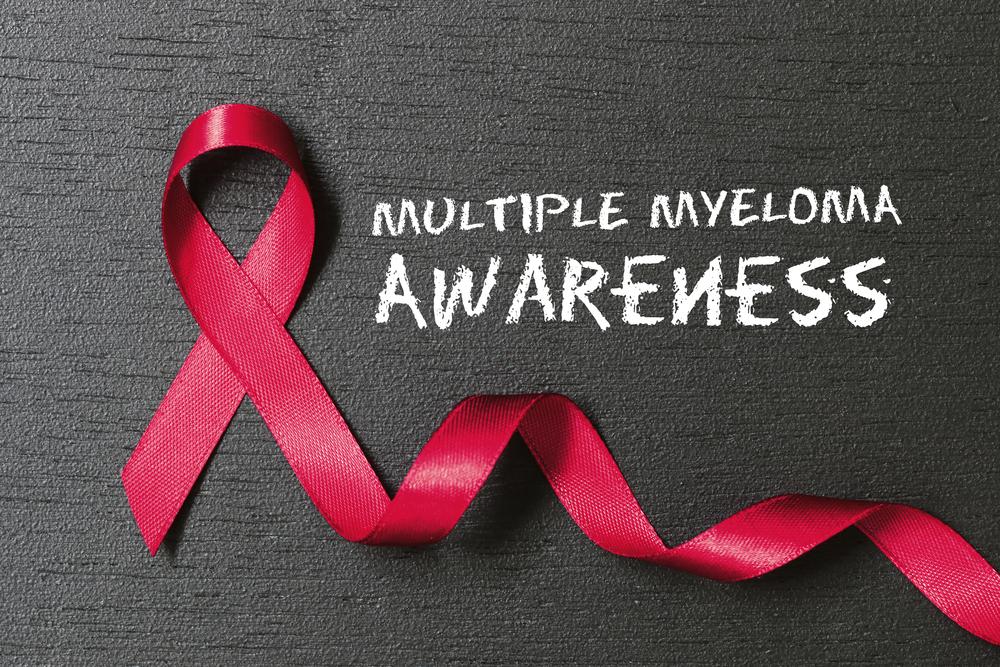Essential Insights into Multiple Myeloma: Symptoms, Risks, and Treatments
Discover essential information about multiple myeloma, including symptoms, risk factors, and treatment options like stem cell therapy, chemotherapy, immunotherapy, and radiation. Early diagnosis greatly enhances treatment success and patient quality of life.

Multiple Myeloma is a blood cancer characterized by abnormal plasma cell growth. Normally responsible for antibody production to strengthen immunity, these cells in this condition produce excessive immunoglobulin proteins, damaging organs and weakening bones. Early diagnosis is crucial, as treatment efficacy increases with prompt detection. Symptoms may be absent initially but can include bone pain, fatigue, weight loss, and skin lumps called extramedullary plasmacytomas. Risk factors include age over 65, African American heritage, family history, or conditions like monoclonal gammopathy. Treatments involve stem cell transplants, chemotherapy, immunotherapy, and radiation, tailored to the patient's specific needs.
Stem cell transplantation uses donor or patient-harvested cells to regenerate healthy bone marrow after high-dose chemo. Chemotherapy involves drugs that kill cancer cells, often combined with other medications to minimize side effects. Immunotherapy employs antibodies targeting cancer cells, suitable when other treatments are ineffective. Radiation therapy uses high-energy beams to reduce tumor size, alleviate pain, and strengthen bones. Early detection and personalized treatment plans improve outcomes for those diagnosed with multiple myeloma.










